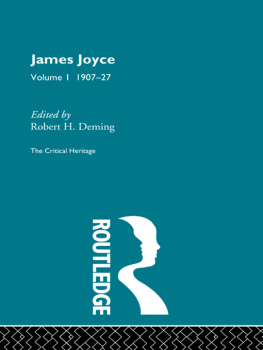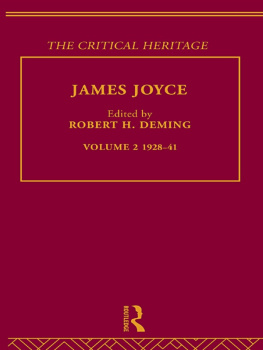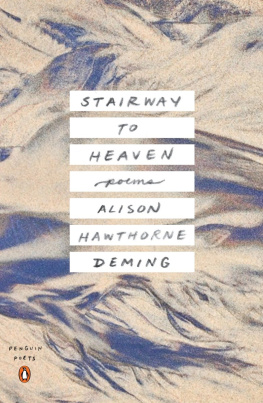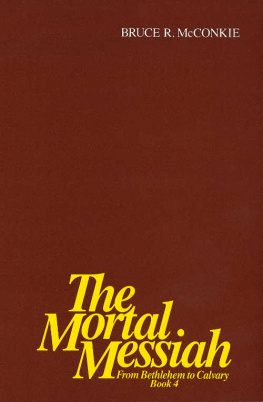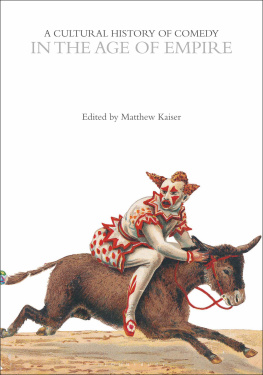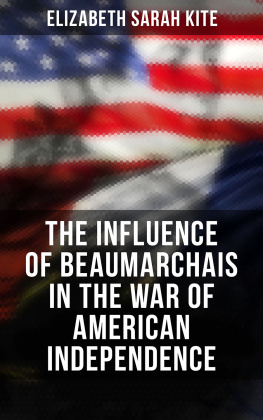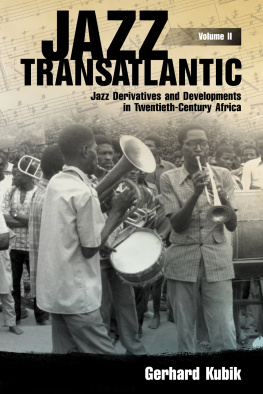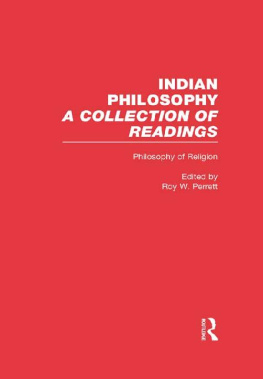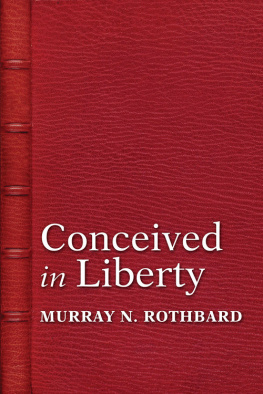Deming - James Joyce. Volume I: 1907-27
Here you can read online Deming - James Joyce. Volume I: 1907-27 full text of the book (entire story) in english for free. Download pdf and epub, get meaning, cover and reviews about this ebook. year: 2013, publisher: Routledge, genre: Science. Description of the work, (preface) as well as reviews are available. Best literature library LitArk.com created for fans of good reading and offers a wide selection of genres:
Romance novel
Science fiction
Adventure
Detective
Science
History
Home and family
Prose
Art
Politics
Computer
Non-fiction
Religion
Business
Children
Humor
Choose a favorite category and find really read worthwhile books. Enjoy immersion in the world of imagination, feel the emotions of the characters or learn something new for yourself, make an fascinating discovery.
- Book:James Joyce. Volume I: 1907-27
- Author:
- Publisher:Routledge
- Genre:
- Year:2013
- Rating:3 / 5
- Favourites:Add to favourites
- Your mark:
- 60
- 1
- 2
- 3
- 4
- 5
James Joyce. Volume I: 1907-27: summary, description and annotation
We offer to read an annotation, description, summary or preface (depends on what the author of the book "James Joyce. Volume I: 1907-27" wrote himself). If you haven't found the necessary information about the book — write in the comments, we will try to find it.
This second set compliments the first 68 volume set ofCritical Heritagepublished by Routledge in October 1995.
James Joyce. Volume I: 1907-27 — read online for free the complete book (whole text) full work
Below is the text of the book, divided by pages. System saving the place of the last page read, allows you to conveniently read the book "James Joyce. Volume I: 1907-27" online for free, without having to search again every time where you left off. Put a bookmark, and you can go to the page where you finished reading at any time.
Font size:
Interval:
Bookmark:

If the materials in this volume do not immediately lead to an understanding of how Joyces life and art are interwoven in the same fabric, it is not that the selection of materials is an arbitrary one, but that the materials themselves do not offer that understanding. Joyces greatest influence has been upon other writers, not upon his critics. And this influence has been absorbed in later writers in terms of two characteristics of Joyces workhis vision and his style. The first is a moral, cognitive, orderly and encyclopedic phenomenon. The second is an artistic, musical, linguistic and substantive difficultness. Joyce is, after all, a modern writer not so much because of the impact of the first quality upon writers and readers, but because the intellectual machinery so characteristic of the second is also so integral a part of the first. The criticism and commentary and opinion presented in this volume are concerned, by and large, with Joyces machinery and only rarely with Joyces vision. To a certain extent, Joyce has himself limited critical apprehension of that vision, his true genius, by his own plan, stated at the end of A Portrait of the Artist in terms of silence, exile and cunning.
Silently Joyce unfolded his world view in each successive work. Only his brother Stanislaus, at first, and his closest friends, later, were allowed to penetrate into his intentions, aims and methods. Perhaps none of themnot Stanislaus, or Harriet Shaw Weaver, or Frank Budgen, or Eugene Jolas, or Paul Lonever truly knew Joyces vision. But they, at least, shared partially in its light. The critical world was, however, kept completely in the dark night Joyce seemed to weave in his works. Yet his artistic silence actually provoked critical volumes. Further, his exile from the social and political and artistic worlds while in Italy, Switzerland and France seemed merely to enhance the exile from literary traditions that his readers and critics experienced upon reading his works. From the first work, Chamber Music in 1907, through the earlier prose works, Dubliners and A Portrait of the Artist , and up to Ulysses in 1922, no keys or explanations or aids to frustrated readers were provided, nor were they until much, much later. Throughout this same quarter of a century Joyce wrote and revised, and wrote and revised again. And as each work appeared he cunningly wrote advance notices, translated foreign reviews (No. 56), directed the writing of some reviews (particularly those on Ulysses and Work in Progress), and thereby laid the foundations for later criticism. In this sense, the artistic programme of silence, exile and cunning did not prevent Joyce the detached artist from planning his own critical reputation.
The present array of critical commentary, limited as it is to the period 1902 to 1941, admirably illustrates Herbert McLuhans comment in a survey of Joyce criticism from the 1940s, that Joyces critics are intimidated, that they approach their subject in an awkward and diffident spirit. Criticism after the 1940s is equally diffident. It reflects the strain Joyce puts upon his attentive readers, and lacks Joyces own sense of a lively artistic world. This is by no means a fresh comment to make upon current Joyce studies, but the need for re-appraisal as well as for the endless numbers of catalogues, word and check lists, and exegeses, is greater now than it was in 1941 or any time earlier.
It is evident enough from a perusal of this book that the quantity of critical material is overwhelming. Before the manuscript was reduced to its present size, the volume of material which might have been included was over 700 items and almost a million words. Some will no doubt feel that a collection of the fifty or so most important articles is still a desideratum and will find this book fragmented. Others will no doubt agree that the present large sampling of articles, some extracted and some in full texts, is desirable, but will find the selection too arbitrary and subjective. Still others will find fault with the 1941 terminus date. To anticipate the first two objections, it can be said that as Joyces method was accretive so also should this collection be, and from as many divergent points of view as possible. This will provide as complete as possible a spectrum of the contemporary response. As to the third objection, there are literally hundreds of articles and books about Joyce after 1941. A selection of these up to the present time would be extremely difficult to make and subjective to be sure. If a Joyce cult existed before 1941, a Joyce industry now flourishes. While this industry produces much that is manufactured and therefore dangerous to Joyces works, the best products of this organized and automated funferall are eminently useful. The 1941 terminus is, then, more than a matter of convenience; it is a silent act of industrial cunning.
Because the quantity of material on Joyce before 1941 is so great, much of the material in this volume is excerpted. The use of ellipses indicates omitted material. Whenever the omitted material is of such length that an ellipsis would be deceptive or misleading, a bracketed summary has been inserted in the text. Only key notices, reviews and articles are reprinted in full. Unrevised or minimally revised articles which are reprinted in books are presented here in their original form; where extensive revision has been made, the later text is used and is so indicated. Book-length studies (such as Frank Budgen, James Joyce and the Making of Ulysses ) and articles of such length (for example the Joyce section of Edmund Wilson, Axels Castle ) that judicious excerpting is not possible are placed in Appendix C. Collections of articles (such as Our Exagmination and Louis Gillets Claybook ) are also listed in Appendix C. It would be desirable to have these in the volume, particularly Gillets early article on Ulysses , but the unwillingness of some publishers to have a competing volume with the same essays, the unwillingness of some critics to allow any extracts to be taken from their works, and the length of this volume, all argue against their inclusion here. The exclusion of these kinds of items does not mean that they are unimportantindeed, Gillets change in attitude towards Joyce is a microcosm of the change in attitude generallybut only that they are available elsewhere, and should be read in those other volumes. Finally, reviews and critical studies which are omitted for reasons of limitation are listed in Appendix D. The text of this volume and the list in Appendix D, which do not by any means exhaust all the reviews of Joyces works, provide a supplement to the existing bibliographies of secondary criticism listed in Appendix B.
Even before the first published criticism of Joyces writings, his brother Stanislaus, a constant critic and the financial support of Joyces family for many of the troubled years between 1904 and 1917, forecasted that Joyce was no student (later Joyce would be called too learned for his or anyone elses own good). Stanislaus was at least partially incorrect when, in a comment in his Diary in 1903, he wrote, Whether he will ever build up anything broada drama, an esthetic treatiseI cannot say. His genius is not literary and he will probably run through many of the smaller forms of literary artistic expression (No. 3). Joyce did build up something broad, the play Exiles and the aesthetic theory of A Portrait of the Artist . In the next year Stanislaus commented He may be a geniusit seems to be very possible (No. 5), and the proving or disproving of this point nourished later criticism. What Stanislaus already knew in 1904 became the course that Joyces reputation took and an outline guide to Joyces new art as it unfolded in one book after another until it culminated in Finnegans Wake in 1939.
Font size:
Interval:
Bookmark:
Similar books «James Joyce. Volume I: 1907-27»
Look at similar books to James Joyce. Volume I: 1907-27. We have selected literature similar in name and meaning in the hope of providing readers with more options to find new, interesting, not yet read works.
Discussion, reviews of the book James Joyce. Volume I: 1907-27 and just readers' own opinions. Leave your comments, write what you think about the work, its meaning or the main characters. Specify what exactly you liked and what you didn't like, and why you think so.

